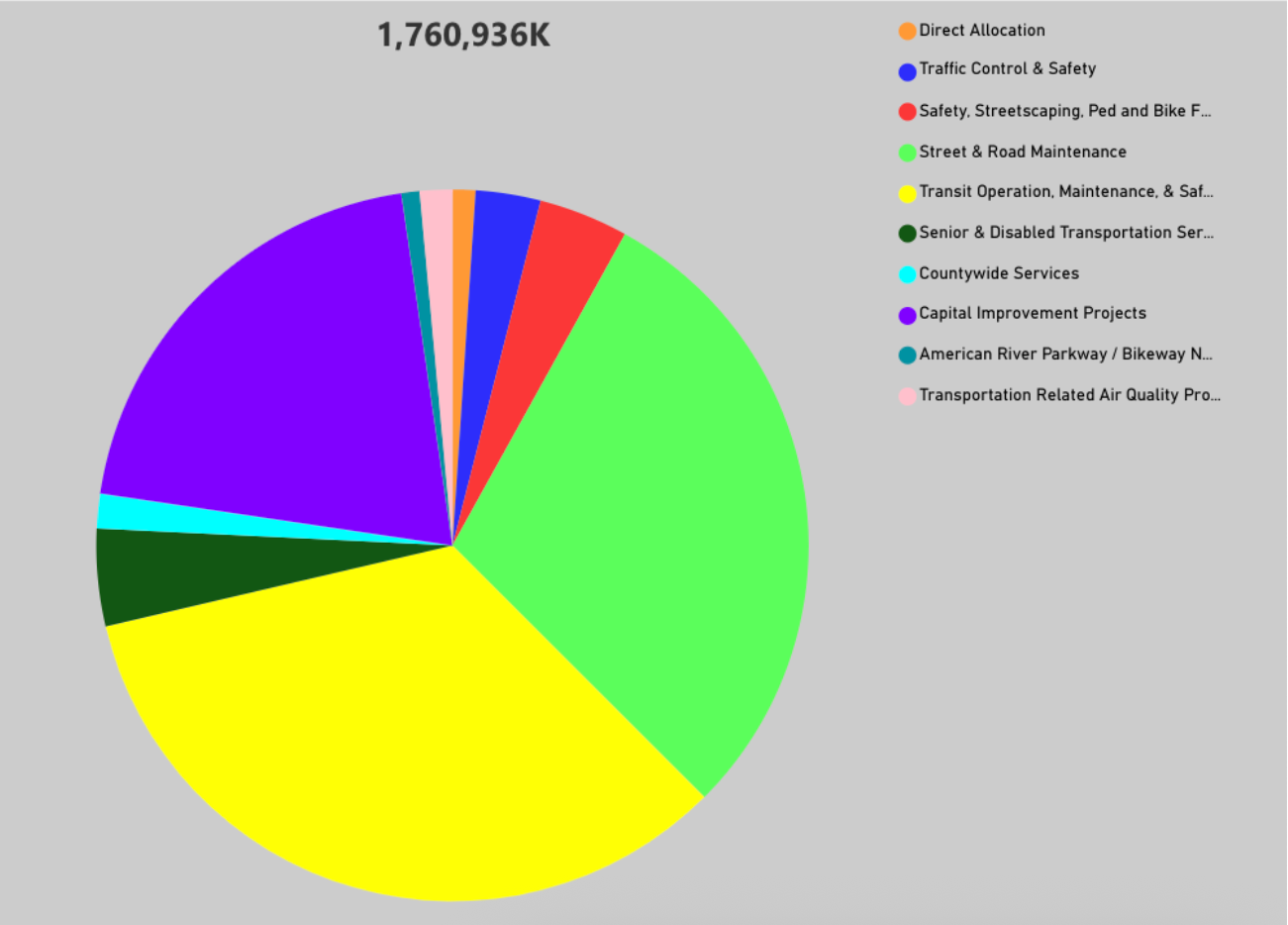Dustin Purinton, CPA, Chief Financial Officer
Sacramento Transportation Authority
Sacramento Transportation Authority
Add this issuer to your watchlist to get alerts about important updates.
STA was founded in 1988 when Sacramento County voters approved Measure A, a half-cent sales tax for transportation improvements. More than 75 percent of voters subsequently approved a 30-year extension of Measure A, continuing this tax through 2039. STA is accountable for the responsible administration of this funding.
For more than 30 years, Measure A has provided local transportation funding to maintain and improve the quality of life in Sacramento County utilizing the following principles:
Sacramento County voters, in 2004, overwhelming agreed to extend Measure A for 30 years. STA developed a expenditure plan by incorporating feedback from multiple stakeholders, such as the general public, local governments, and transportation experts. Officially titled, “The Measure A Ordinance and Transportation Expenditure Plan,” eligible expenditures were required to be incorporated into the ballot measure.
STA distributes funding per the Measure A Ordinance and Transportation Expenditure Plan to the various partner agencies based on the identified formula and/or percentages for its intended purpose.
The half-cent retail transactions and use tax is statutorily dedicated for transportation in Sacramento County. It cannot be used for other governmental purposes or programs.
There are specific provisions in the Ordinance to ensure that funding from the tax is used in accordance with specified voter-approved transportation project improvements and programs. These safeguards include:
Measure A provides for amounts that pass directly to jurisdictions based on formulaic calculation based on the ordinance. These funds amount to nearly 80% of the Measure. To present these in a way that is understandable and actionable a Microsoft PowerBI dashboard was created. For more information regarding the Quarterly Measure A Tax Distributions click here.

Definitions of the funding programs are listed below.
Direct Allocation:
The Cities of Galt & Isleton receive allocations of the sales tax revenues collected.
Traffic Control & Safety:
This program will fund traffic control system improvements, high priority pedestrian and vehicle safety projects, and emergency vehicle preemption systems for quicker police, fire and ambulance response throughout Sacramento County.
Safety, Streetscaping, Ped and Bike Facilities:
This program will fund non-motorized, pedestrian and bicycle safety improvements.
Street & Road Maintenance:
This program will fund city street and county road maintenance.
Transit Operations, Maintenance & Safety:
Allocates supplemental funding for the operation and maintenance of transit services to ensure their continued efficiency and safety.
Senior & Disabled Transportation Services:
Allocation of funding to directly support the Consolidated Transportation Services Agency in the county that coordinates transportation options for easier access by seniors and individuals with disabilities.
Countywide Services:
This encompasses the Neighborhood Shuttle Program, providing needed Microtransit services to populations in need, and STA administrative allocation.
American River Parkway / Bikeway Network:
Funding is provided to support the maintenance and improvement of the extensive parkway trail system in the County of Sacramento.
Transportation Related Air Quality Program:
Funds projects and programs that assist with meeting state and federal air quality mandates for mobile sources and to environmentally mitigate for transportation capital improvements in the Expenditure Plan.
One component of Measure A was the introduction of a county-wide transportation mitigation fee so that no revenue generated from the tax shall be used to replace transportation mitigation fees required from new development. This was enacted by the STA Board in Section VII of STA Ordinance 04-01. The stated goal was, “To develop and implement a uniform transportation mitigation fee on all new development in Sacramento County that will assist in funding road and transit system improvements needed to accommodate projected growth and development.” The creation of the fee was approved by voters with the extension of Measure A in 2004. The Measure A sales tax extension Transportation Mitigation Fees went into effect on April 1, 2009.